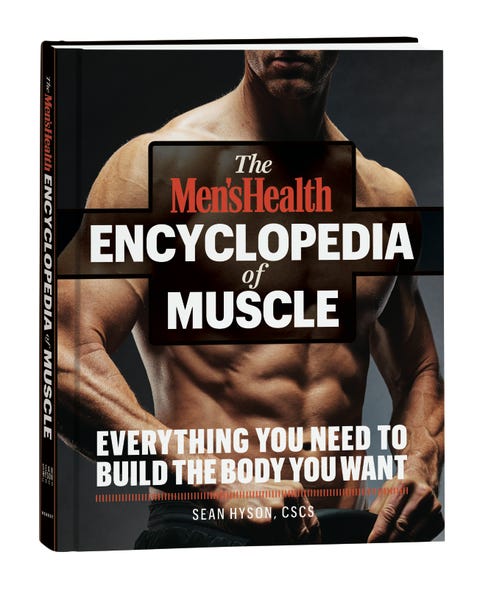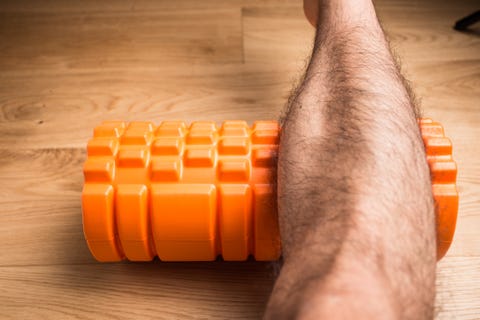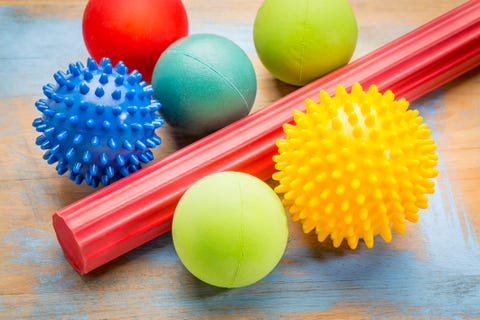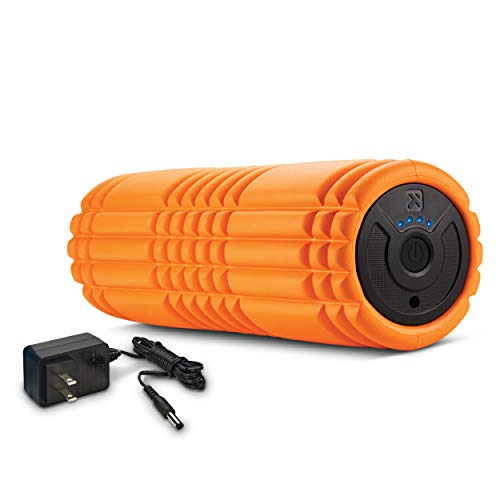The Best Foam Rolling Routine For Reducing Muscle Pain
Before you grab the foam roller out of the cluttered corner of your gym for a warmup or cooldown session, you should know why you might want to be using the tool.
It all starts with the fascia. Fascia is a webbing of connective tissue that links the muscles and covers them, similar to shrink wrap. Until recent years, scientists thought that that was all there was to say about it, but they’ve come to learn that it influences muscles’ ability to contract and the movements they can coordinate together.
Part of the wear and tear we suffer from working out, the stress of daily life, and aging is damage to fascia, which can result in trigger points—the knots that feel tender, even painful, when something presses against our muscles. Trigger points that are left untreated can knock the body’s fascial system out of whack, leading to other problems, like muscle imbalances and injury.

Men’s Health
Order Now
For a full compendium of fitness knowledge, check out the Men’s Health Encyclopedia of Muscle. The volume is chock full of workout routines, helpful training tips, and definitions for just about every gym-related term you’ve ever wanted to know.
What You Can Do With Self-Myofascial Release

Getty Imagesfoment
To treat them, physical therapists have recommended self-myofascial release (SMR)—applying pressure to a muscle in order to provoke a nervous system reaction that makes the muscle relax. It’s similar to the way a massage works.
There’s a mechanical component to it, as well. When you apply pressure to the muscle with a foam roller, the effect is like squeezing a sponge. And, just as a sponge soaks up water when you release the squeeze while holding it under a running faucet, your fascia will take in water when you remove the compression of the roller. “The release people feel is from the re-uptake of hydration, which lubricates the fascia, muscles, and joints,” says Sarah Jamieson, coach and founder of Moveolution. “This frees up congestion and removes toxins that get stuck within the intramuscular fuzz,” she says.
According to the National Academy of Sports Medicine, SMR can reduce muscle pain, soreness, and tightness, temporarily increasing range of motion and decreasing overall stress in the body, by putting the nervous system into a parasympathetic state—that is, it induces relaxation to promote recovery. For these reasons, SMR has application before and after your workout, and really any other occasion you can make time for it.
How to Use Self Myofascial Release

Getty Imagesmarekuliasz
While the foam roller is specifically designed for SMR, you can get treatment from almost any dense, rollable implement, including a tennis ball, lacrosse ball, or PVC pipe. Even a rolling pin like your mom used for homemade pizza dough will work.
The best tool depends on your level of tightness and the muscle group that you’re rolling. If you don’t have your own roller, check out this top-shelf vibration model from Triggerpoint, or any of these options.

If you’re new to rolling, and have some very sensitive spots to treat, the foam rollers in the stretching area of your gym are probably enough. If you’ve been lifting for years and consider yourself a pretty thick side of beef, you may need to roll a barbell up and down your quads to get them to release. Some muscles are too small or secluded to be hit directly with a broad cylinder of foam, so when rolling out the upper back, rear deltoids, and hips, for example, balls can provide more targeted pressure.
The most important thing to remember when rolling trigger points is not to make them any worse. Applying more pressure isn’t necessarily better, and, in fact, can cause the muscle to tighten up even more, as a protective mechanism. SMR can feel intense, but it shouldn’t hurt.
“‘It hurts,’ is your nervous system’s way of saying stop,” says Sam Pogue, a performance coach for Onnit, so “don’t use pain or force as the measure of success.” On a scale of 1 to 10, with 1 representing feeling nothing, and 10 representing excruciating pain, SMR should never rank higher than a 6, says Pogue. Grinding your muscles into a hard surface can break blood vessels and damage nerves, which take a long time to heal, so take it easy.
This is How We (Foam) Roll
Rest the muscle you want to roll on the implement, and move your body so the muscle rolls smoothly up and down the surface. Go for 30 to 90 seconds, pausing in spots that feel particularly tight or tender. When you find these areas, take a deep breath and let it out slowly. Try to relax, and you’ll find that the muscle releases more.
One of the misconceptions about SMR is that it will break up the scar tissue in muscles, removing the trigger points entirely. Pogue says that the goal is to loosen these knots a bit, so you can get relief and move better at the start of a workout, but “you’re not going to get a knot to fully release just by rolling it. It’s there for a reason—it may be protecting you,” he says. If you didn’t have this scar tissue, the muscle and fascia might incur more damage.
While how to roll is fairly self-explanatory, below are some directions (which you can also find in the Men’s Health Encyclopedia of Muscle) for releasing what Pogue suggests are the areas probably most in need of it.
Thoracic Spine

Mitch Mandel
Lie with your upper back on the roller positioned perpendicular to your body. Cross your arms over your chest. Raise your hips off the floor and roll the length of your shoulder blades
Lats

Mitch Mandel
Lie on your side and reach that side’s arm overhead with your thumb pointing up. Place the roller under your armpit. Roll down to your waist.
TFL

Mitch Mandel
This muscle lies on the side of the hip, and is typically very tight in people who sit at desks for prolonged periods. Lie on your side, and place the roller just under your hip bone. Cross your top leg over the bottom one and rest your foot on the floor. Use that foot to gently roll your body up so that the roller moves down your leg, about halfway to your knee.
Piriformis

Mitch Mandel
Most people roll this hip muscle sitting on the roller, with one leg crossed over the other. This puts the muscle in a stretched position, and since it’s usually already tight and tender, Jamieson thinks this approach is too severe, and that rolling it this way could make the muscle even tighter.
Instead, Jamieson recommends a more-subtle attack, working around the piriformis before compressing it directly. Lie down on your side and place a tennis ball just under the top of one butt cheek (the crest of the sacrum). Roll outward to the top of your hip bone (the crest of the hip), and then down to the side of your butt cheek, where you’ll hit your glute medius and piriformis.
Adductors

Mitch Mandel
Lie face-down, and raise one thigh 90 degrees out to your side, bending your knee. Rest the inside of your thigh on the roller and roll the area down to your knee.
When to Roll
Remember, rolling has a relaxing effect on the nervous system. This is how it helps
muscles to loosen up.
But, too much rolling can make you downright sleepy, which is the last thing you want before you begin a workout. Spend only a few minutes rolling out your tightest areas prior to a workout. After you train, and on different days entirely, you can spend more time on it, rolling your body thoroughly. Pogue suggests rolling at least 2 days per week.
Source: Read Full Article
